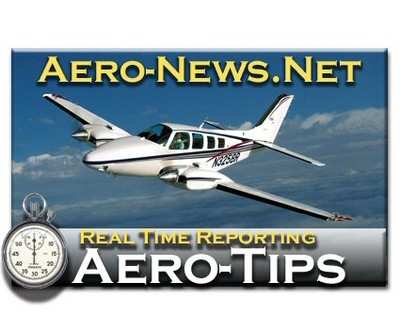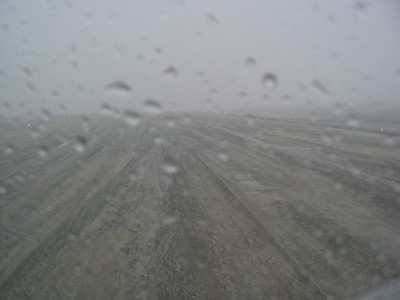Aero-Tips!
A good pilot is always learning -- how many times have you heard
this old standard throughout your flying career? There is no truer
statement in all of flying (well, with the possible exception of
"there are no old, bold pilots.")

Aero-News has called upon the expertise of Thomas P. Turner,
master CFI and all-around-good-guy, to bring our readers -- and us
-- daily tips to improve our skills as aviators. Some of them, you
may have heard before... but for each of us, there will also be
something we might never have considered before, or something that
didn't "stick" the way it should have the first time we memorized
it for the practical test.
Look for our daily Aero-Tips segments, coming each day to you
through the Aero-News Network.
Aero-Tips 09.23.06
You'll often hear a METAR (hourly weather report) identified as
a "special". What are the criteria for issuing a METAR outside the
normal reporting schedule? Why is it important to a pilot?

Note: Scheduled METARs are observations
taken at 45 minutes before each hour to straight up on the hour,
and are available for briefings between 50 past the hour and
straight up on the hour.
Wind
If the wind direction changes 45 degrees or more in less than 15
minutes a "special" is required, but only if the wind speed remains
above 10 knots the entire time. (Comment:
lighter, variable winds, or stronger, shifting winds that don't
exceed a 45-degree shift do not warrant a special, despite
potential to greatly affect an aircraft).
Visibility
If visibility goes down (or up) beyond the one-, two- or
three-mile point a special is required. Same goes if the visibility
goes below (or comes up above) the lowest authorized instrument
procedure minimum for that airport. If none is published, then the
"minimums" special is triggered at 1/2 mile. Similarly, a special
is required if a Runway Visual Range (RVR) goes below or comes
above 2400 feet.
Sky condition
If a cloud layer or obscuration forms below 1000 feet (Above
Ground Level), a special is required. It's also required if a
ceiling forms or dissipates either below or above one of these
levels: 3000 feet, 1500 feet, 1000 feet, 500 feet, or the lowest
ceiling authorized in an instrument approach for that airport. If
none is published, the special is required for ceilings going below
or coming above 200 feet.
Miscellaneous
Special METAR observations are also required for beginning or
ending of thunderstorms, tornadoes, funnel clouds, or waterspouts;
beginning, ending or a change in intensity of freezing
precipitation, ice pellets or hail; beginning of a volcanic
eruption; and any other phenomenon judged by the observer to be
"critical." Lastly, a special METAR is necessary on first
notification of an aircraft mishap, unless a scheduled observation
has been issued between the time of the mishap and this
notification (note: the intent here is to capture weather data for
a possible mishap investigation).
Aero-tip of the day: Know what triggers a
Special METAR -- and when you hear "special observation" perk up
your ears for the reason a special was issued.
 Aero-TV: DeltaHawks Diesel Power Steps Into the Spotlight
Aero-TV: DeltaHawks Diesel Power Steps Into the Spotlight NTSB Prelim: Mooney Aircraft Corp. M20K
NTSB Prelim: Mooney Aircraft Corp. M20K ANN FAQ: Turn On Post Notifications
ANN FAQ: Turn On Post Notifications ANN's Daily Aero-Linx (12.20.25)
ANN's Daily Aero-Linx (12.20.25) Aero-News: Quote of the Day (12.20.25)
Aero-News: Quote of the Day (12.20.25)




